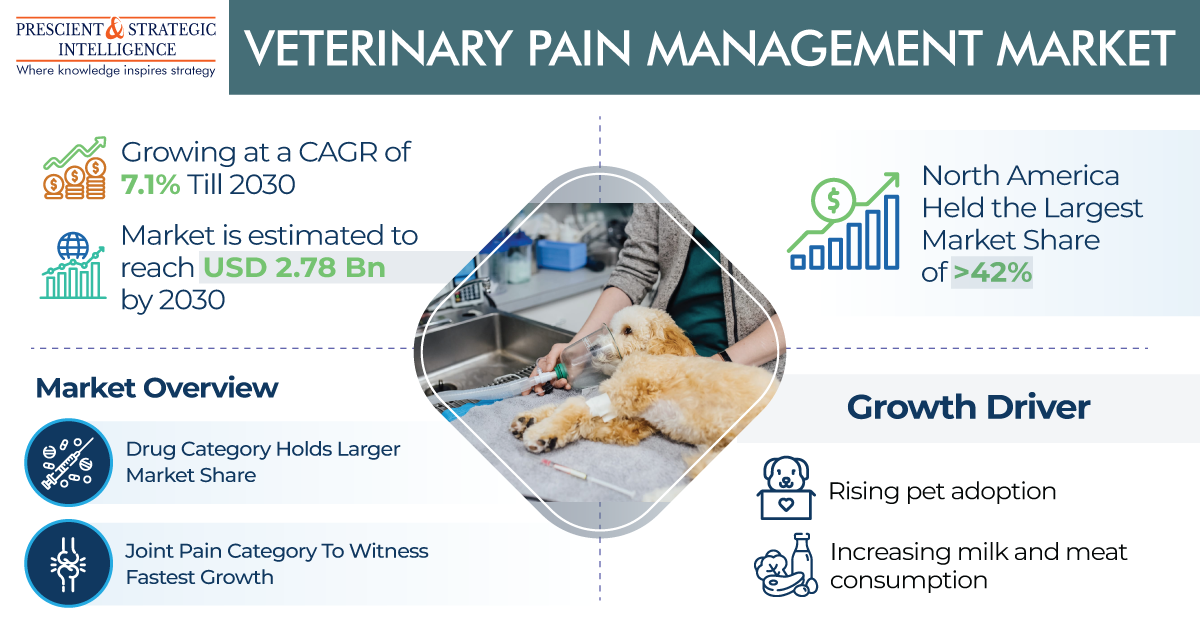As per a report by P&S Intelligence, the defibrillator market will advance at a rate of 7.2%, to reach USD 20,281.6 million, by 2030.
Key factors driving the growth of the industry are the rising number of strategic developments among key players, quick advancements in defibrillator technology, and the increasing incidence of cardiac diseases.
Based on type, the ICDs category accounted for the larger share of the industry in recent years, and it is likely to dominate the industry throughout this decade. This is credited to the growing emphasis of players on developing technologically advanced ICDs and rising product launches.
In the past few years, the adult patient type category accounted for the larger share of the industry, and it will demonstrate faster growth in the years to come. This is because the incidence of sudden cardiac arrest in the adult population is significantly higher than in the elderly population.
A key trend observed in the defibrillator industry is the deployment of automated external defibrillators in public spaces, for instance, airports, leisure centers, shopping centers, railway stations, malls, and colleges & schools.
Over the past few years, numerous developments have been made in the defibrillation technology. For instance, ZOLL Medical Corporation developed a lightweight defibrillator LifeVest that can be worn easily by patients at risk of SCA. This device monitors the heart rhythm of the patient regularly and when it detects any abnormality it produces a shock for restoring the normal heart rhythm.
In the past few years, the players in the industry have been involved in strategic developments, for instance, product launches, to maintain a competitive edge.
It is because of the increasing prevalence of cardiac diseases, the rising elderly population, and advancement in defibrillation technology, the growth of the defibrillator industry will continue to grow in the years to come.










